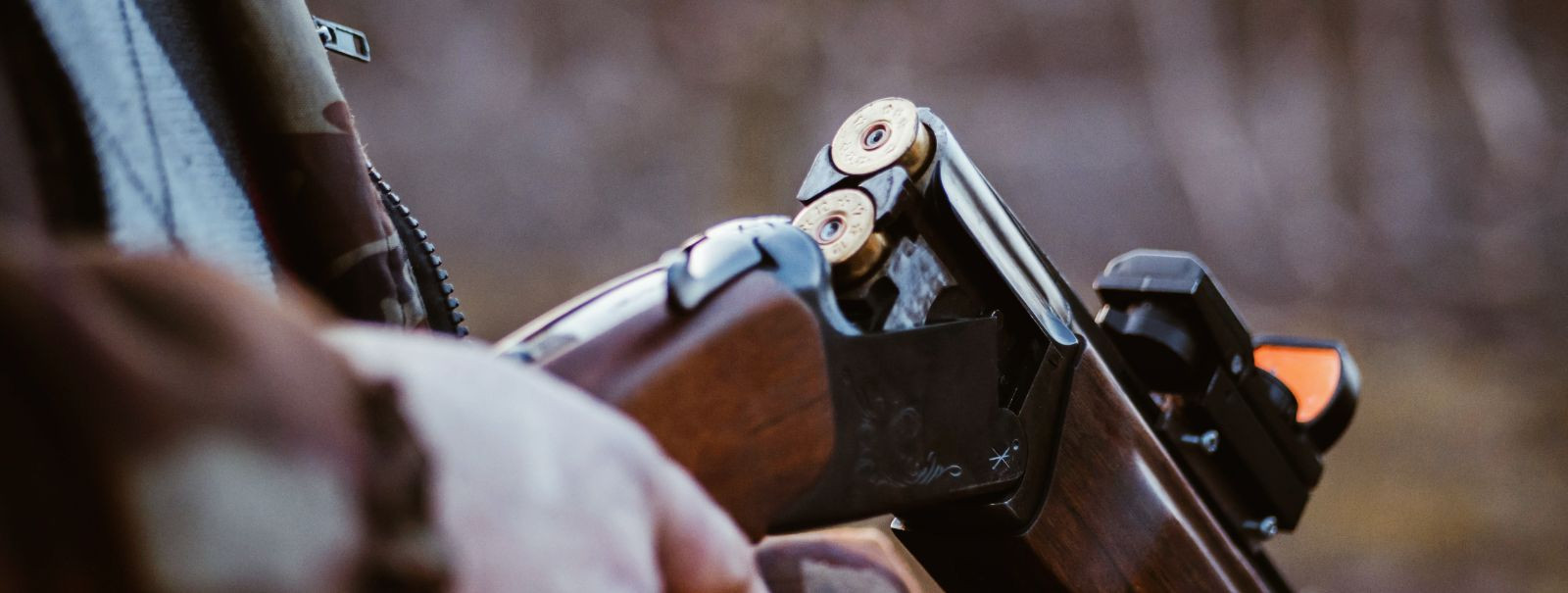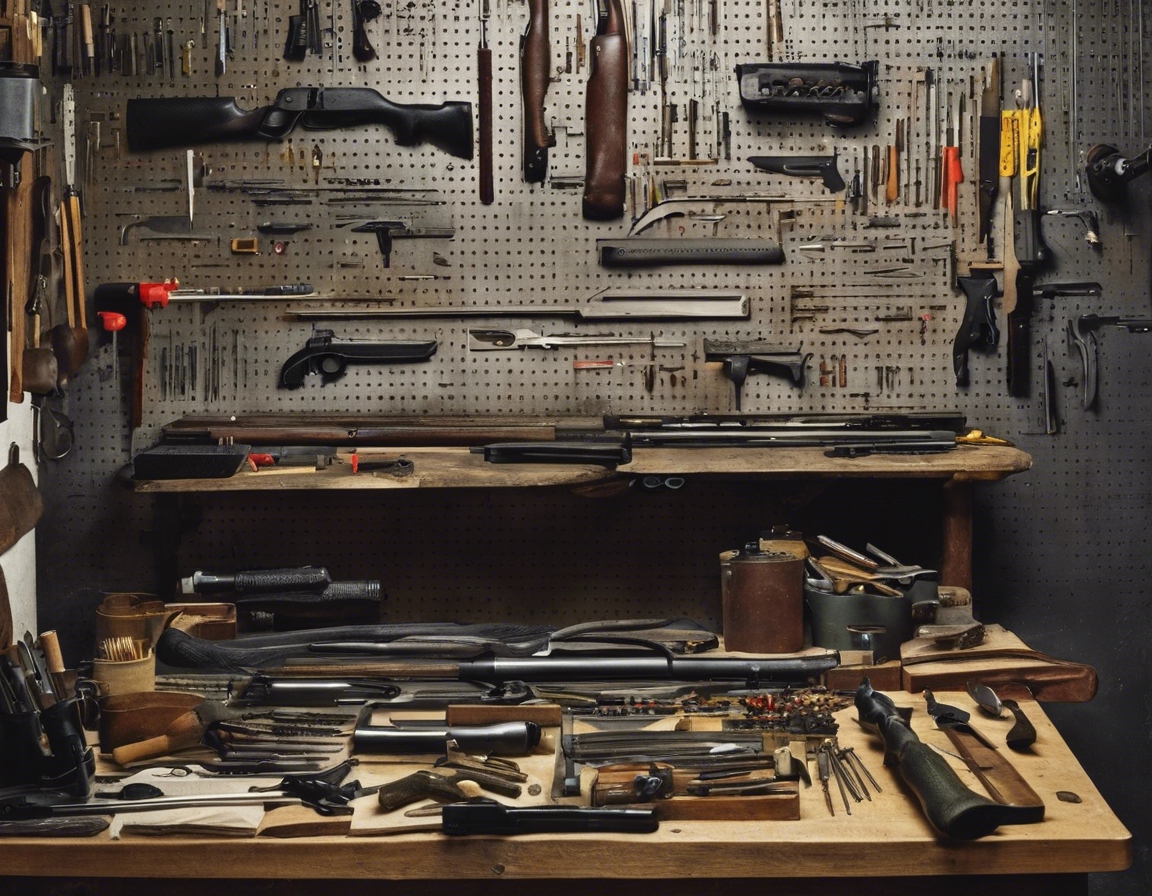Maintaining your firearm: best practices
Maintaining your firearm is crucial for ensuring its longevity, reliability, and safety. Whether you're a hunting enthusiast, a sports shooter, or a firearm collector, understanding the best practices for firearm maintenance is essential.
Understanding Your Firearm
Firearms come in various types, including rifles, shotguns, and handguns. Each type has unique maintenance requirements that must be understood for proper care.
Being intimately familiar with your firearm's design, operation, and specific maintenance needs is the first step to effective maintenance.
Cleaning Your Firearm
Cleaning should occur after every use to prevent buildup of residues and potential malfunctions.
Quality cleaning kits, solvents, lubricants, and protective gear are necessary for a thorough clean.
Disassemble your firearm as the manufacturer recommends, clean each part with the appropriate tools and solvents, and reassemble carefully.
Lubrication and Protection
Select lubricants designed for firearms to prevent damage and ensure smooth operation.
Apply lubricant sparingly to moving parts and areas prone to friction, avoiding excess that can attract dirt.
Storage Solutions for Firearms
Store firearms in a cool, dry place away from direct sunlight and moisture to prevent rust and damage.
For long-term storage, consider using desiccants, gun socks, or climate-controlled safes to protect against environmental factors.
Regular Inspections and Maintenance Checks
Regularly inspect your firearm for signs of wear, rust, or damage that could affect its performance.
Perform function checks to ensure all mechanical parts are in working order and the firearm operates as expected.
Handling Wear and Tear
Be aware of common issues such as barrel obstructions, worn springs, and loose screws that can arise from regular use.
If you encounter complex problems or are unsure about any aspect of maintenance, seek assistance from a qualified gunsmith.






Comments (0)